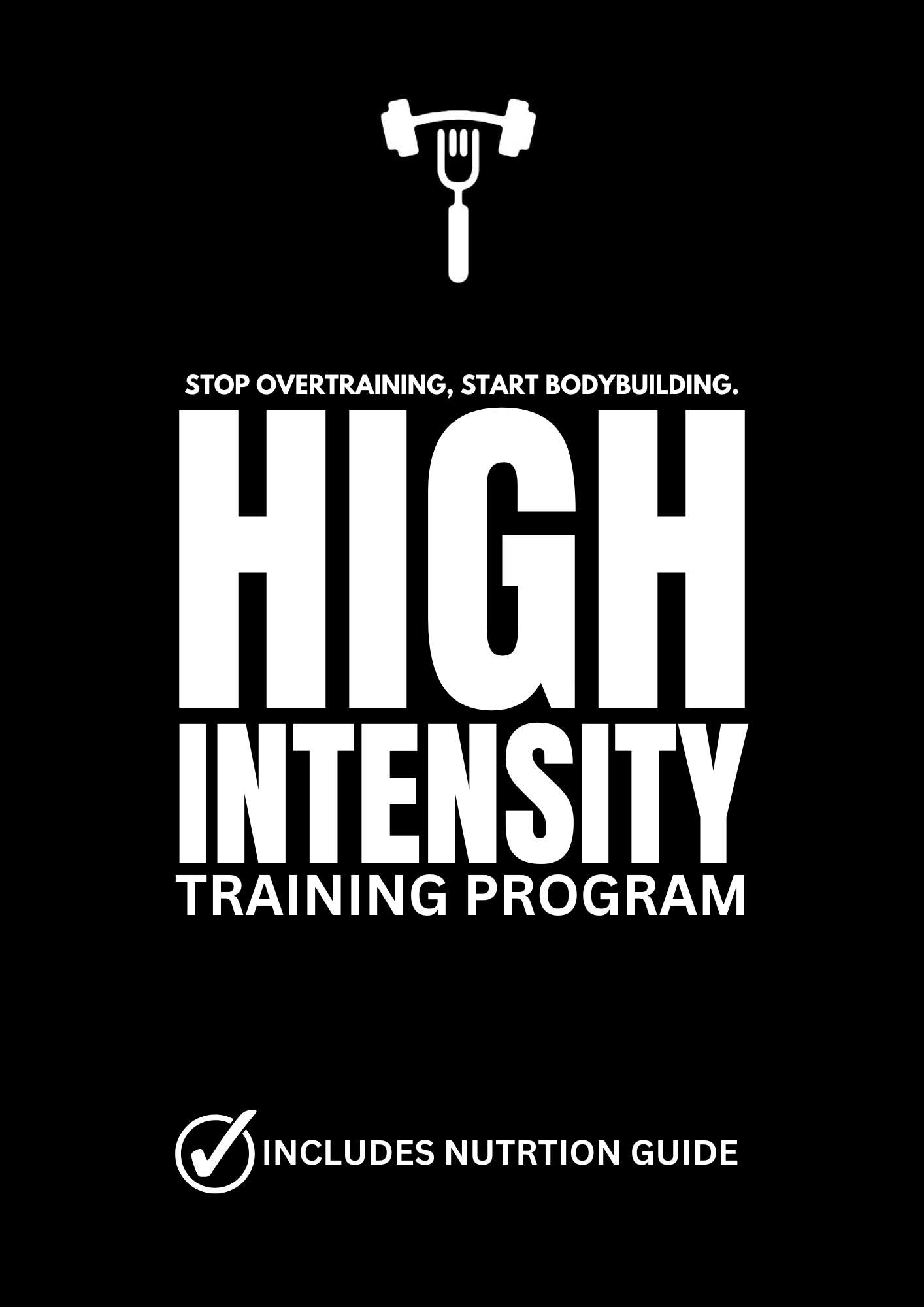Unlocking Maximum Muscle Growth: Optimal Efficiency of One Set vs. Four Sets in Bodybuilding

In the dynamic realm of bodybuilding, where every lift is a step towards sculpting the ideal physique, the debate over training methodologies rages on. Among the plethora of approaches, two distinct philosophies emerge: the High-Intensity Training (HIT) advocating for one set, and the traditional bodybuilding paradigm prescribing four sets per exercise. Let's delve into why each protocol has its merits, but ultimately, why the one-set approach may hold an edge when implemented correctly.
The Essence of HIT:
HIT, spearheaded by the late Mike Mentzer, prioritizes intensity over volume. This philosophy posits that a single set, pushed to the brink of failure, is sufficient to induce muscle hypertrophy. Advocates focus on maximizing effort in one intense set per exercise, eschewing the need for multiple sets.
The One-Set Protocol Unveiled:
In HIT, simplicity is key. A single set per exercise is executed with maximum intensity, with the lifter pushing their muscles to failure. This streamlined approach minimizes time spent in the gym while maximizing muscle stimulation, making every repetition count towards growth.
The Traditional Four-Set Approach in the Rearview:
Contrastingly, traditional bodybuilding often advocates for four sets per exercise. Proponents argue that accumulating volume through multiple sets is essential for optimal muscle stimulation and growth. Each set is executed with progressively heavier weights, aiming to exhaust muscle fibers through cumulative effort.
The Case for One Set:
1. Intensity Over Volume:
- HIT proponents argue that intensity trumps volume for muscle growth. By focusing on one all-out set, lifters effectively recruit and exhaust muscle fibers, triggering hypertrophy without the need for additional sets.
2. Time-Efficiency and Sustainability:
- One set per exercise translates to shorter workout durations, appealing to individuals with busy schedules. This time efficiency promotes long-term adherence to training regimens and reduces the risk of burnout.
3. Mitigating Overtraining Risks:
- By condensing the workload into one intense set, HIT minimizes the risk of overtraining and associated injuries. Prioritizing quality over quantity fosters sustainable progress and prevents setbacks.
The Case for Four Sets:
1. Progressive Overload:
- The traditional four-set approach allows for a structured progression in weight and intensity over multiple sets. This progressive overload is believed to be crucial for continual muscle adaptation and growth over time.
2. Variability and Adaptation:
- Performing multiple sets per exercise provides opportunities for variations in angles, grips, and tempos, stimulating different muscle fibers and preventing plateaus in progress.
3. Increased Time Under Tension:
- With four sets, lifters can spend more time under tension, which is associated with greater muscle damage and subsequent hypertrophy. This prolonged stress on the muscles may lead to enhanced growth responses.
In Conclusion:
While both one set and four sets have their merits, the evidence suggests that with the right workout program and approach, the one-set protocol advocated by HIT can be the optimal choice for maximizing muscle growth efficiently. By emphasizing intensity, time efficiency, and injury prevention, HIT provides a streamlined and highly effective path to achieving muscular excellence, making it a preferred option for many individuals in the pursuit of their fitness goals.

